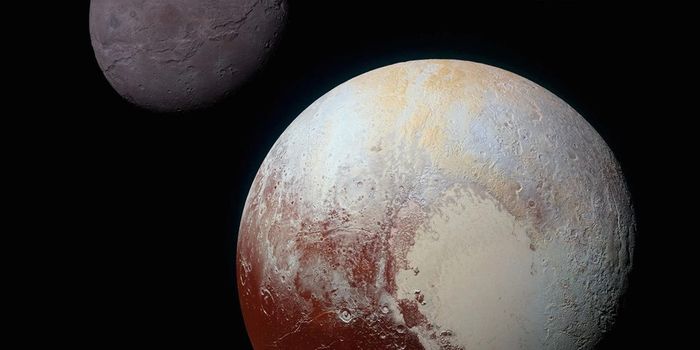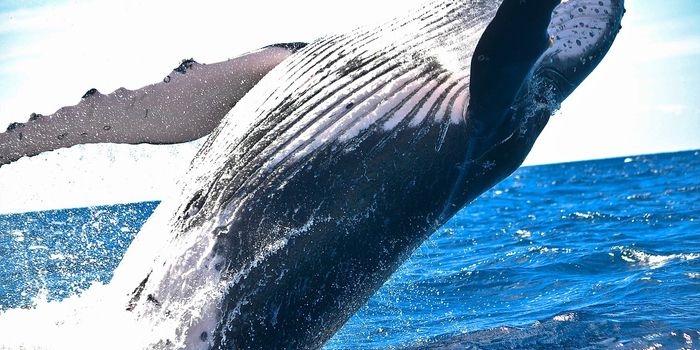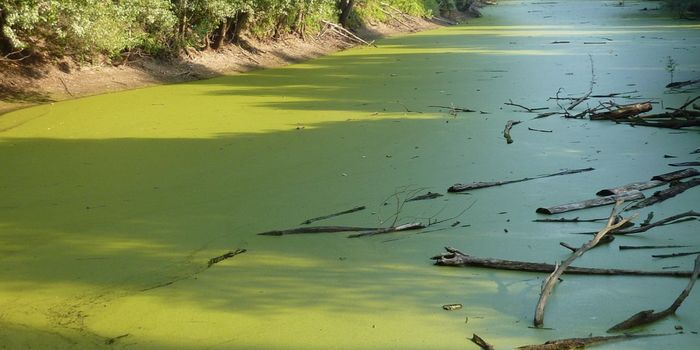500,000 Fossils Used to Solve 200-Year-Old Scientific Mystery
During its approximately 4.5 billion years of existence, the planet Earth has been home to around 8.7 million species of plants and animals, with only about 1.2 million having been identified, most of which bieng insects. While there is a longstanding hypothesis that terrestrial and marine species demonstrate what’s known as a latitudinal diversity gradient, with biodiversity exhibiting a peak at the equator, researchers have been unable to ascertain how this gradient first started, primarily due to a finite amount of fossil data.
But a team of researchers led by the University of Oxford hope to figure this out, as they recently examined almost 500,000 fossils in hopes of solving a 200-year-old scientific mystery pertaining to why the equator contains the largest number of species while this number slowly reduces closer to the polar regions of Earth. This study holds the potential to help scientists better understand Earth’s biodiversity over geologic timescales, and the affect climate change has on this biodiversity, as well.
For the study, the researchers examined 434,113 records of a unicellular marine plankton known as planktonic foraminifera in a global fossil database which covers the last 40 million years of Earth’s biodiversity history. They combined these records with the numbers of species over that time period with ocean salt levels and sea surface temperatures, which are potential driving forces of the latitudinal diversity gradient.
The study’s results indicate a correlation between a cooling climate and the start of the gradient, along with sharp decline in the gradient, as well. The gradient first emerged approximately 34 million years ago with the sharp decline occurring approximately 10-15 million years ago. Regarding planktonic foraminifera, while peak diversity occurred at northern latitudes between 40-20 million years ago, this peak shifted to between 10° to 20° latitude approximately 18 million years ago.
“Understanding why species in ancient history were more diverse and plentiful nearer the equator and less so nearer the poles can give important insights how marine species, such as plankton, might respond in future,” said Dr. Alex Farnsworth, who is a Senior Research Associate in the Department of Geographical Sciences at the University of Bristol, and a co-author on the study. “These tiny single-celled organisms are a vital link in the marine food chain, so studying their reactions to changing climates may help us better predict how they will likely be affected as temperatures continue to warm with the increasing onset of climate change. This has potentially large implications for marine food webs, such as fish and aquatic mammals like seals and whales and could be used to inform future measures to protect sea life and preserve biodiversity.”
The researchers state the modern-day biodiversity of planktonic foraminifera is possibly due to the gradient’s steepening from the equator to the poles during the last 15 million years. Additionally, the modern-day gradient could also be explained by cooling sea temperatures at northern latitudes, resulting in the extinction of various populations of species.
As always, keep doing science & keep looking up!
Sources: National Geographic, UC Berkeley, Nature, EurekAlert!
Featured Image: Artist illustration of modern-day planktonic foraminifera in the deep sea. (Credit: Richard Bizley, BizleyArt)










